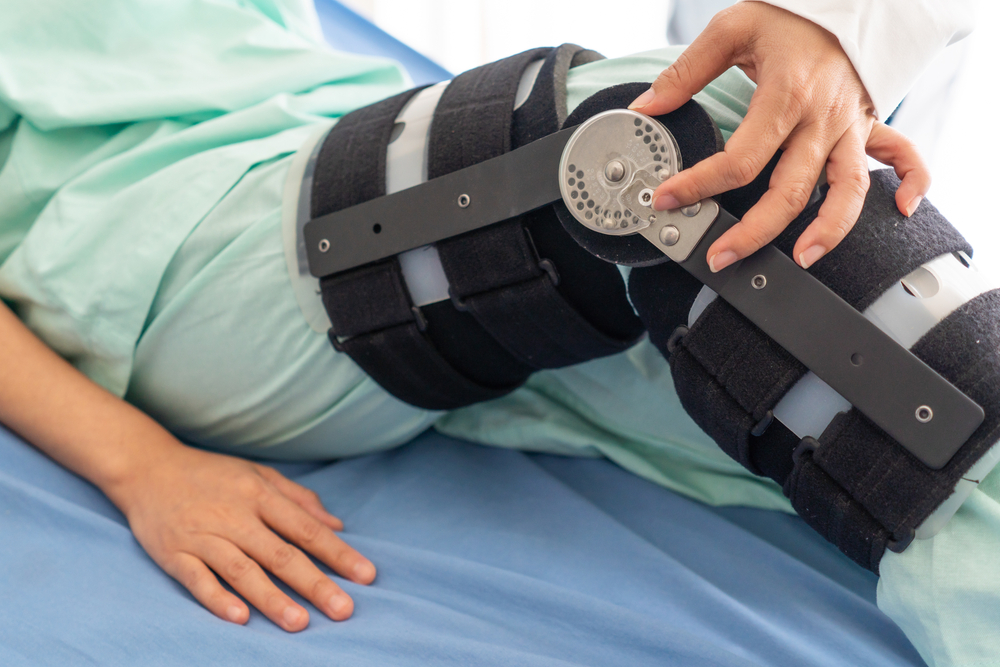Tendon Repair Orthopedic Surgery Equipment

Tendon repair orthopedic surgery is a critical procedure that relies on specialized equipment to ensure the surgery is both successful and safe. The tools required for orthopedic surgery, especially in tendon repairs, help surgeons achieve precision during the operation, whether the procedure is minimally invasive or requires open surgery. This guide breaks down the key orthopedic equipment involved in tendon repair, focusing on imaging devices, surgical tools, and equipment used during post-operative recovery.
Imaging Equipment for Tendon Repair
Imaging tools are crucial in diagnosing and planning for tendon repair surgeries. Ultrasound machines are essential for real-time visualization of soft tissue and tendons, allowing surgeons to dynamically assess damage both pre-operatively and during the surgery. Portable ultrasound devices are particularly helpful in the operating room. Additionally, MRI machines are often used to provide detailed images of tendons and surrounding structures, giving surgeons the information they need to form an accurate treatment plan. These machines are critical for visualizing the entire affected area, enabling better surgical outcomes.
Specialized Orthopedic Surgical Instruments
Surgical tools play a critical role in tendon repair procedures. Suture anchors are used to reattach the tendon to the bone, with options available in both metal and bioabsorbable materials, depending on the needs of the patient. Specialized tendon graspers and scissors allow surgeons to handle and cut the tendon with precision. Orthopedic drill systems are another essential piece of equipment, especially when creating anchor points for the suture anchors during the surgery. These drills ensure that the tendon is securely reattached to the bone, contributing to a successful repair.
Orthopedic Arthroscopic Equipment
For minimally invasive procedures, arthroscopic equipment is commonly used in tendon repair surgeries. Arthroscopes provide high-definition imaging, allowing surgeons to view the inside of the joint or tendon without making large incisions. This tool is especially useful for visualizing the tendon during surgery. Other equipment used in these procedures includes arthroscopic shavers and probes, which help remove damaged tissue and inspect the tendon more closely. These tools minimize the disruption of surrounding tissue, making the repair more efficient and less invasive.
Post-Operative Orthopedic Equipment
Post-surgical recovery often requires the use of specialized orthopedic equipment. Braces and immobilizers are essential for stabilizing the joint or limb after surgery, keeping the affected area in the correct position to promote healing. Continuous Passive Motion (CPM) machines are sometimes used to gently move the joint, encouraging blood flow and reducing stiffness without putting strain on the repaired tendon. These devices are critical for patients who need to maintain or improve their range of motion while recovering from tendon repair surgery.
Conclusion
The success of tendon repair orthopedic surgery relies heavily on the right set of tools and equipment. From diagnostic imaging devices such as ultrasound and MRI machines to surgical instruments like suture anchors and arthroscopes, having the appropriate equipment ensures the precision and effectiveness of the procedure. Post-operative equipment like braces and CPM machines also plays a crucial role in the recovery process, supporting long-term healing. For all your orthopedic surgical equipment needs, Great Lakes Imaging provides a comprehensive range of high-quality products to ensure your practice is equipped with the best tools. Contact us today to learn more about how we can assist with your orthopedic surgery equipment requirements.
